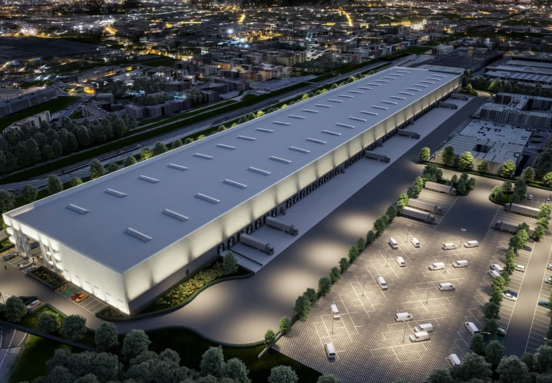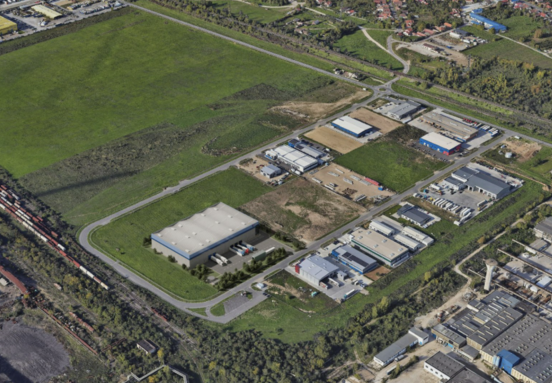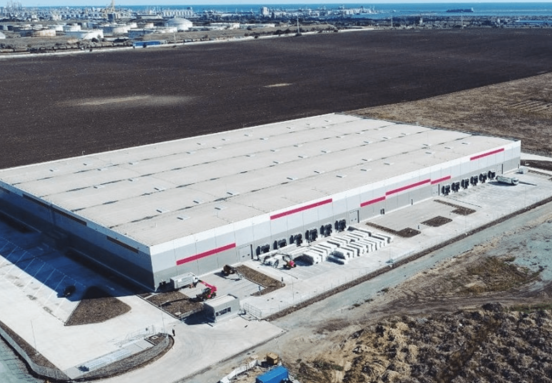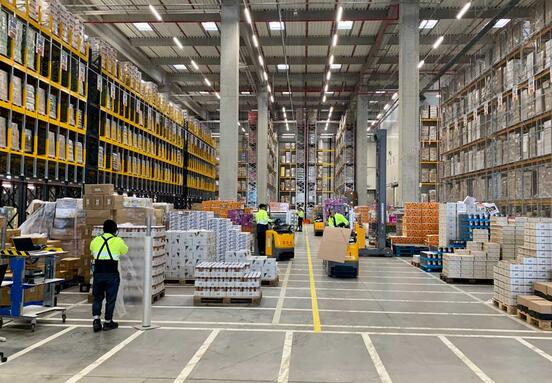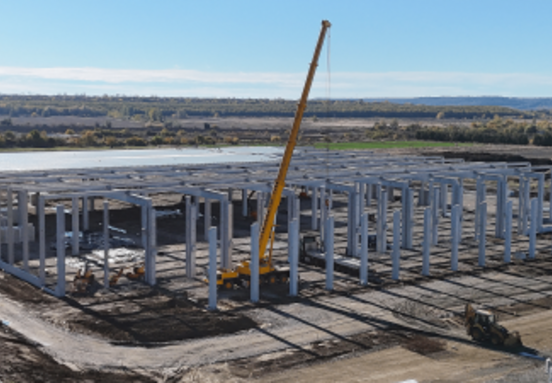Regarding Bucharest’s office sector, it is undergoing a recalibration process, with demand increasingly focused on central locations and sustainable projects. The stock of available space is declining, and the vacancy rate for new Class A buildings has dropped to 10.2%.
At the same time, the “hidden vacancy” phenomenon — referring to spaces currently occupied by tenants but available for sublease — has recorded a 40% decrease compared to last year, indicating a diminishing impact on the market.
Combined with the lack of major deliveries in recent months, it is clear that dominant demand is concentrating on premium spaces in central areas.
“The Bucharest office market is entering a new stage, defined by quality, limited availability, and long-term resilience. With no significant deliveries expected in the near future and vacancy rates continuing to fall, particularly in the center, competition is intensifying. We anticipate that the transition to efficient workplaces that comply with ESG standards will accelerate, thus supporting the preference for high-quality spaces and maintaining steady demand from financially stable medium-sized companies,” said Tudor Ionescu, Head of Leasing Office, CBRE Romania.
The stock of retail space has reached 4.7 million sqm, with another 78,000 sqm currently under construction and scheduled for delivery in the second half of 2025. This brings total expected deliveries for the year to 195,000 sqm, a 15% increase compared to last year — confirming intensified development activity.
Although shopping centers still hold the largest share of stock (nearly 70%), the retail park segment has tripled in size over the past 10 years, surpassing the 1 million sqm threshold. In the coming period, eight medium-sized retail parks (46,700 sqm GLA) are set to be delivered, particularly in tertiary cities where limited access to modern shopping space is fueling local demand.
At the same time, CBRE reports a high occupancy rate in existing projects, supported by a clear resurgence of consumer interest in physical stores and shopping centers. New retailers entering the CEE market in 2024 reached a record number of 99 brands, up 40% year-on-year. Shopping centers are the preferred choice for 60% of them, followed by high street locations. Alongside Romania, the main target countries remain the Czech Republic and Poland.
“Romania’s retail market stands out for its intense development activity and growing appetite from investors. We are seeing an acceleration in deliveries, especially in regional cities, where retail parks remain the preferred format. Tenants continue to diversify their presence, seeking operational efficiency and aiming to attract and convert customers from their immediate catchment areas — a trend also highlighted by the notable entry of Sports Direct. The investment sector is also seeing an increasing number of transactions, with retail accounting for 44% of total investment volume in Romania in the first half of 2025. Romania’s retail sector is no longer just in recovery mode; it is already repositioning for sustainable long-term growth,” said Carmen Ravon, Head of Retail CEE & Romania, CBRE Romania.
In the industrial sector, Romania has reached a new record, with an 8 million sqm stock of industrial and logistics space. In Q2 2025, total leasing activity reached 452,600 sqm, an 11% increase compared to last year. Although H1 results are slightly below the historic levels of 2022 and 2023, the strong Q2 momentum points to a potentially outstanding year. Nationwide, 77 transactions were concluded, 12 of which exceeded 10,000 sqm, with an average leased area of approximately 5,900 sqm.
Bucharest accounted for 66% of the 452,600 sqm leased nationally in H1 2025 (TLA), 16 percentage points above the five-year average, consolidating its status as Romania’s main industrial and logistics hub. This trend is supported by ongoing infrastructure improvements, such as the opening of the southern section of the A0 motorway, which now allows uninterrupted transit along the Curtea de Argeș–Constanța route.
“2025 marks a turning point, as I&L leaders have the opportunity to embrace systemic transformation, prioritize resilience, and integrate sustainability as a strategic advantage in their companies. We are witnessing change in real time: for the first time in history, there is a continuous motorway link from Constanța to Craiova, enabling trucks to travel without using national or county roads. The total length of motorways already in use now stands at 1,300 km, with another 740 km actively under construction. The changes coming to Romania’s industrial and logistics market will become increasingly visible in the months and years ahead,” said Răzvan Iorgu, Head of Leasing Industrial & Logistics, CBRE Romania.
As a general trend, CBRE Romania reports that the Romanian commercial real estate market is entering a consolidation phase, characterized by sustained demand, declining vacancy rates, and increased investment across all major sectors, while also benefiting from heightened investor appetite. In this context, the outlook for 2025 and beyond remains optimistic.

